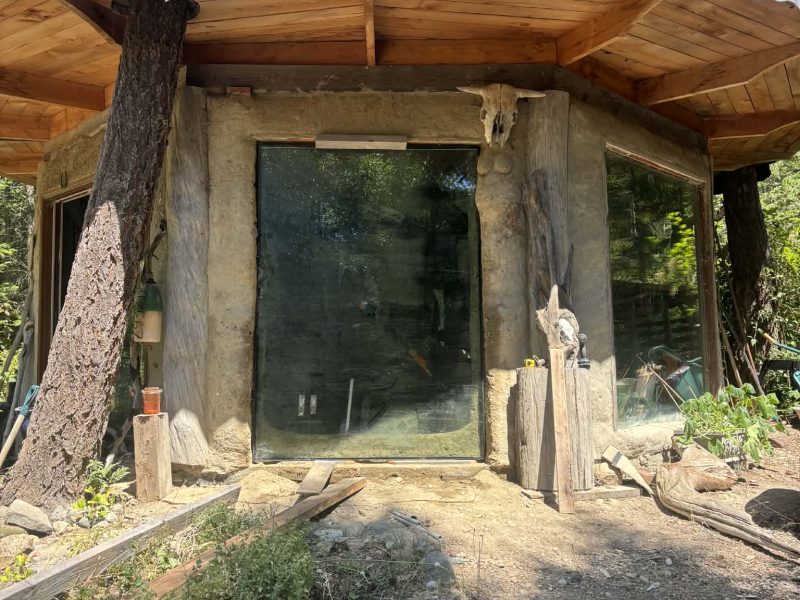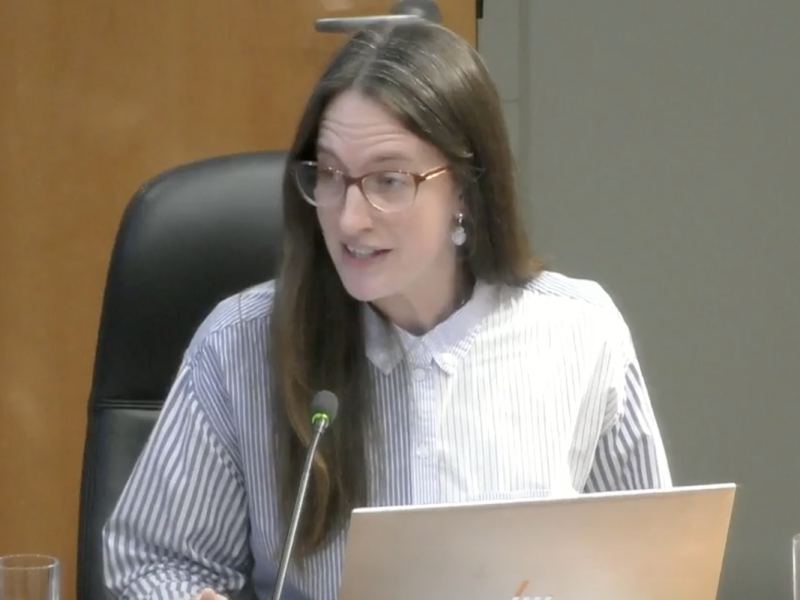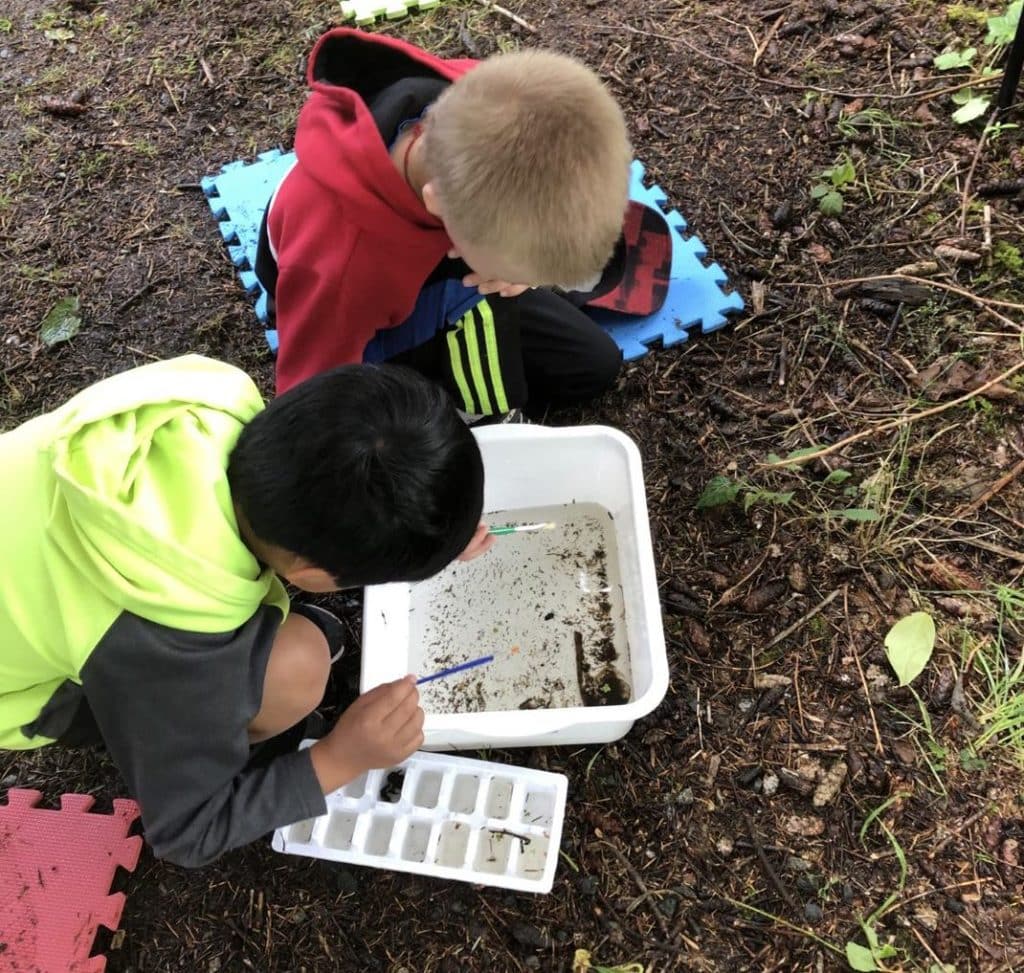
Forty students from Coal Tyee Elementary make their way through Northfield marsh, seeking out an unwanted guest twisted amongst the foliage. Creeping up the trunks of trees or draped over moss-covered rocks, the invasive English ivy is what they’re looking for.
These students have spent time learning how the creeping vine blocks the growth of native species better suited for the ecosystem of the marsh, and are now using that knowledge to clear the invasive species from the area.
As the climate crisis creates more volatile swings between drought and flood, knowledge about how to restore watershed ecosystems is becoming increasingly vital. For these students, and the local organization teaching them, learning stewardship and conservation of those water sources starts at an elementary level.
The students are part of the Nanaimo and Area Land Trust’s School Water Stewards program, which partners with elementary school classrooms in Nanaimo, Ladysmith and Qualicum to work through lessons and activities that build knowledge about stream health, ecosystems and rewilding the area.
Linda Boorymans, NALT’s stewardship coordinator, says students go out to neighbourhood water sources like Cat stream and Northfield Marsh to remove invasive plants and figure out if the stream is healthy.
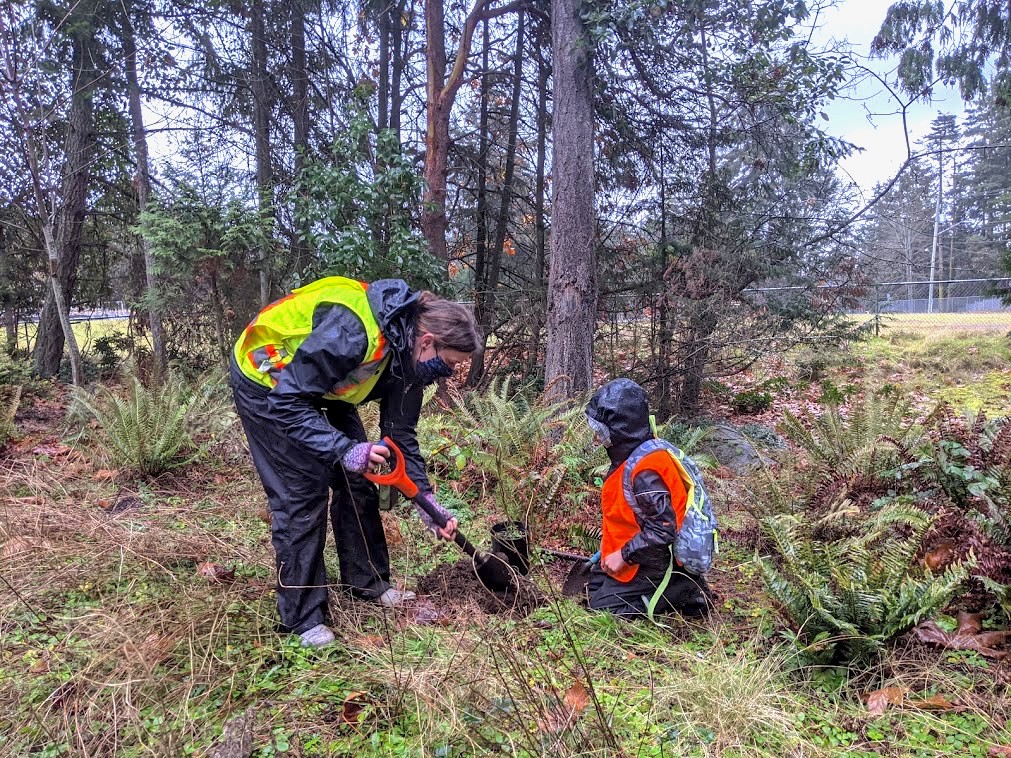
“They look at water quality. They actually look at the bugs that are in the water and look at them as indicators for stream health,” says Linda. “They build bird boxes, nesting boxes, and salamander monitoring at a number of schools. Whatever is sort of available within the area that they would be accessing.”
The focus for Linda and those working with the program has been on keeping the program free for participants and locating water sources within walking distance to create fewer barriers for schools to access the program.
“We’re looking at streams or marshes or ponds, or lakes even. Whatever is close enough to the school that we can go and use as a learning resource for the students.”
Using a local water source that students are likely already familiar with also fosters a strong sense of responsibility and connection which aids in students taking on stewardship of the water source after the end of the program.
As the program grows and schools not-quite-walking distance from a water source are showing interest, Linda and her team are planning to get creative.
“What about the water that falls on the school property? What do we do with our rainfall? Where does it go? What stream or water body does it lead to? Our hope is that we can sort of work from the point of rainfall and build rain gardens potentially or something like finding ways to deal with the water that we do have.”
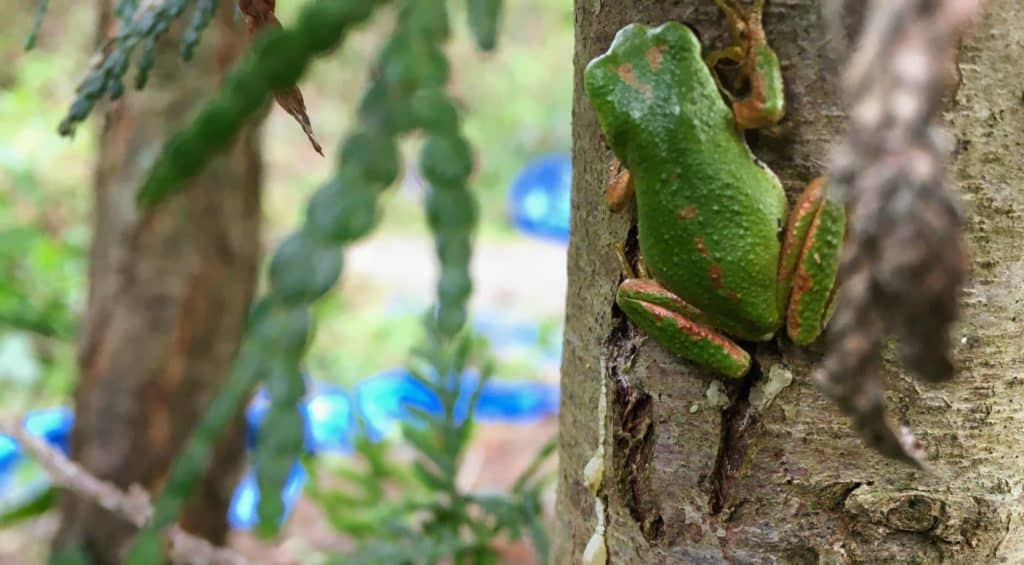
The School Water Stewards first started in 2020 with funding from the province and federal government.
Using that funding to sustain themselves from November 2020 to October of 2021, the program will now receive funding from the Regional District of Nanaimo’s Drinking Water and Watershed Protection program for the 2022 year.
As interest in the program grows past what funding can currently support, NALT is seeking new sources of funding to expand the program in the coming years.
Those interested in volunteering with School Water Stewards or learning how their classroom can participate can contact Linda at stewardship@nalt.bc.ca. To financially support School Water Stewards, you can donate here. [end]

